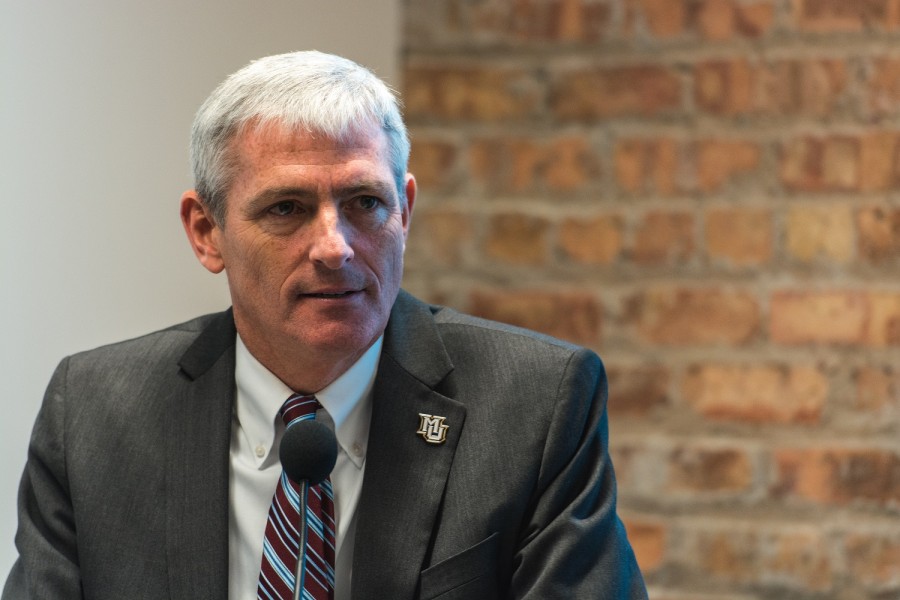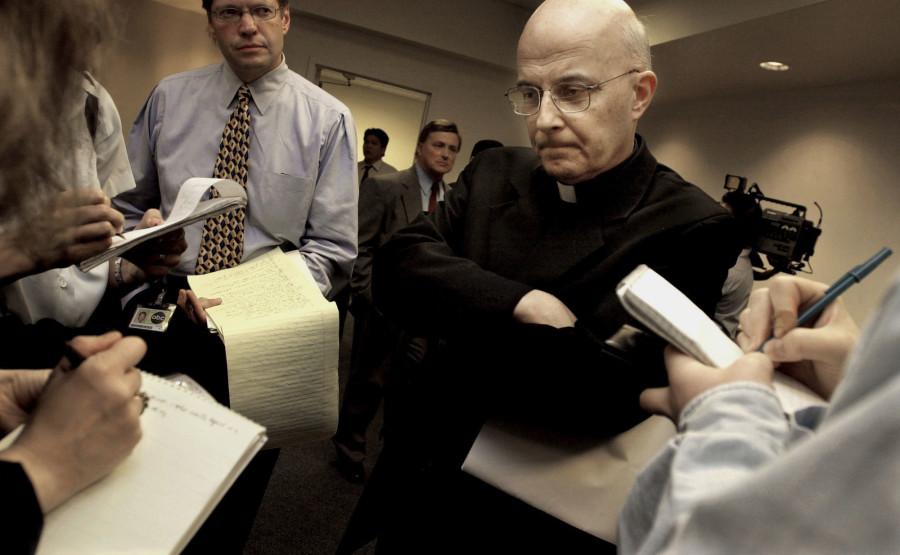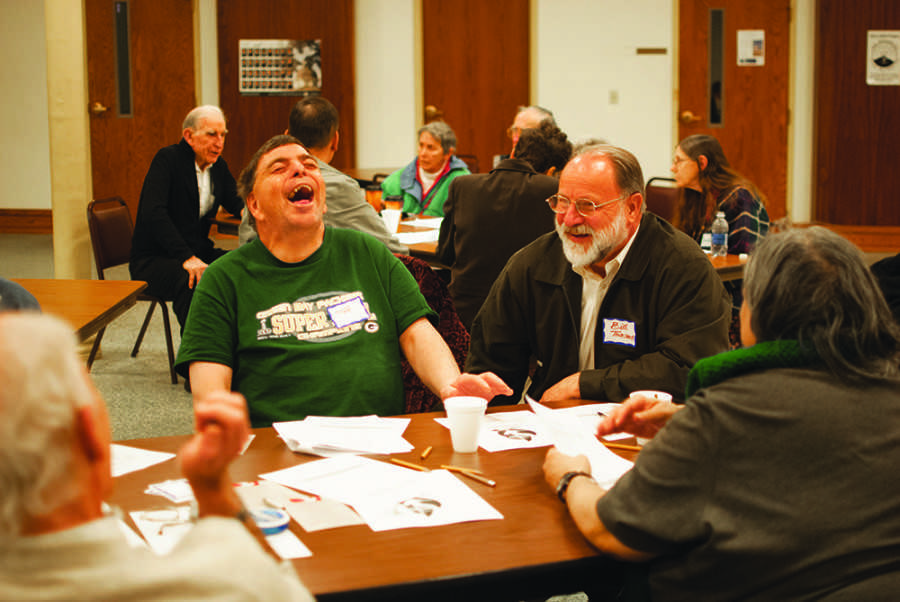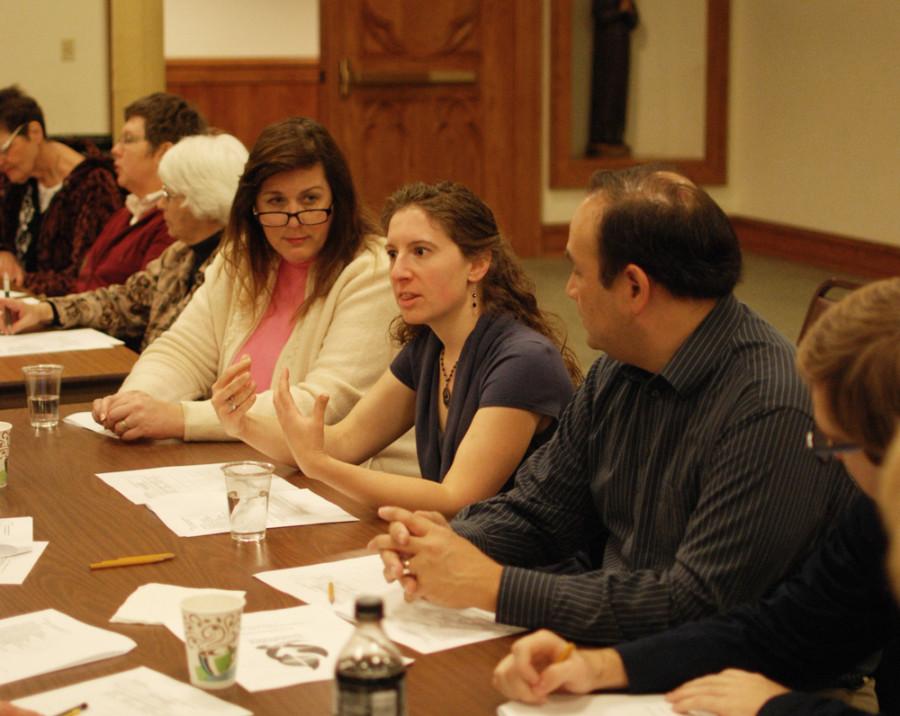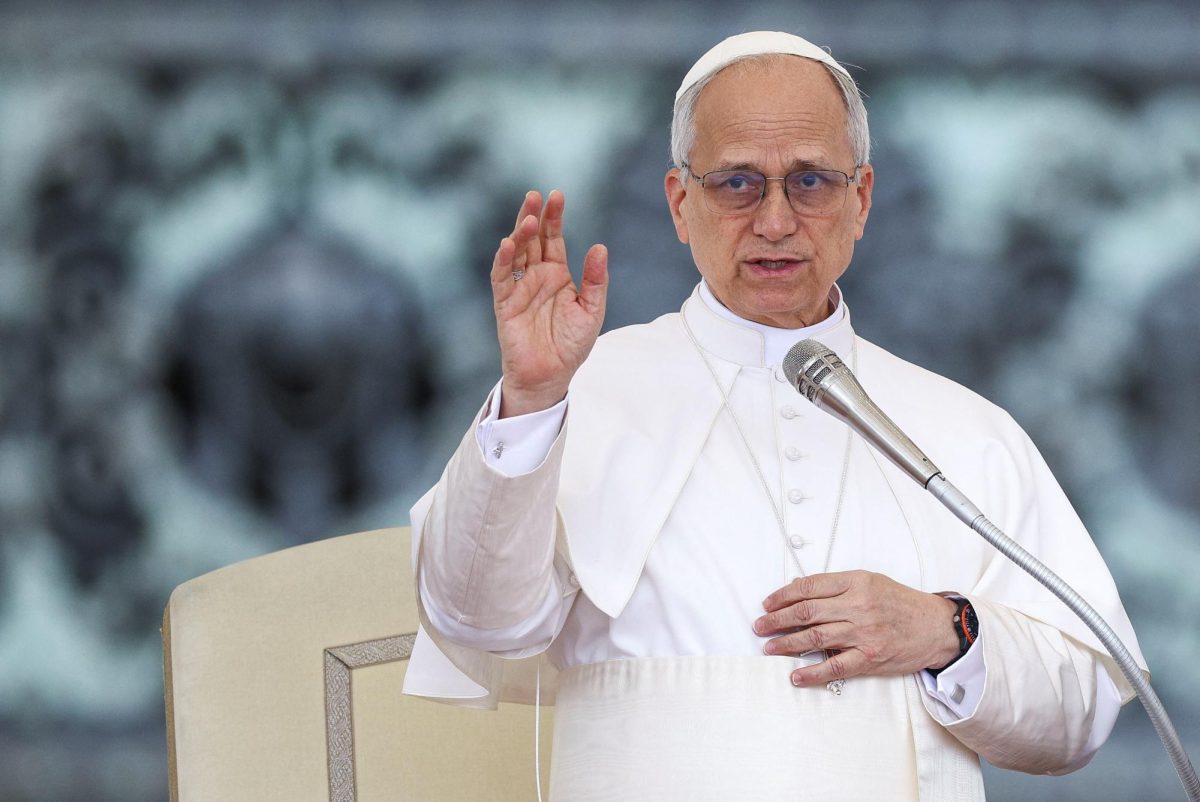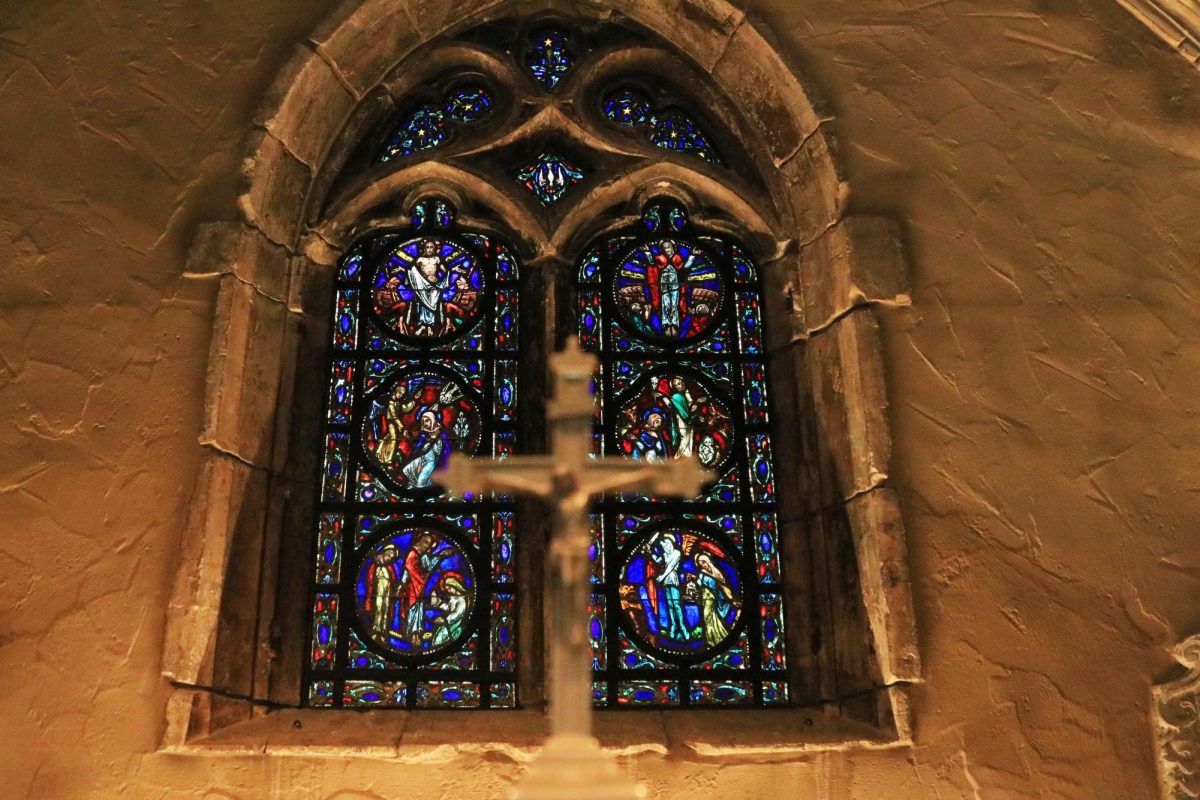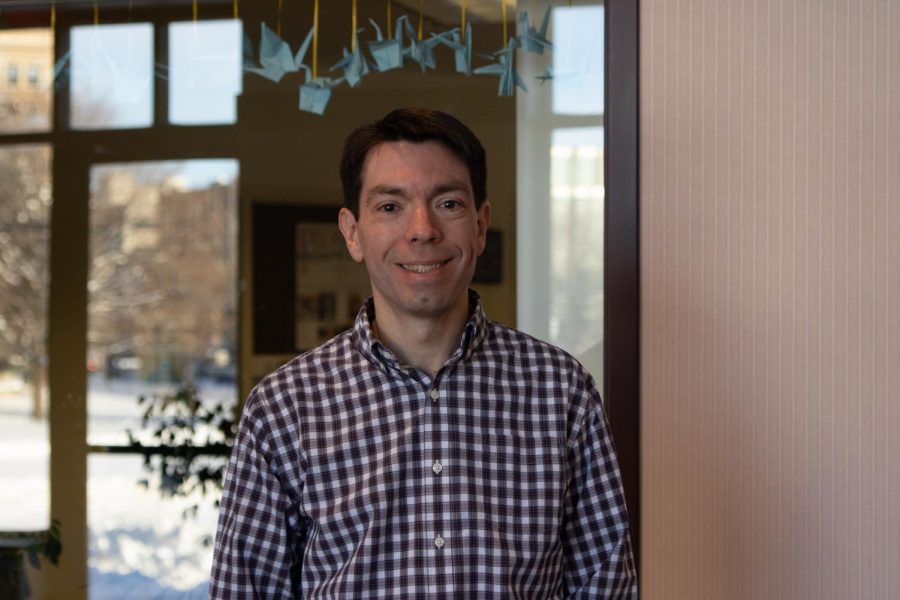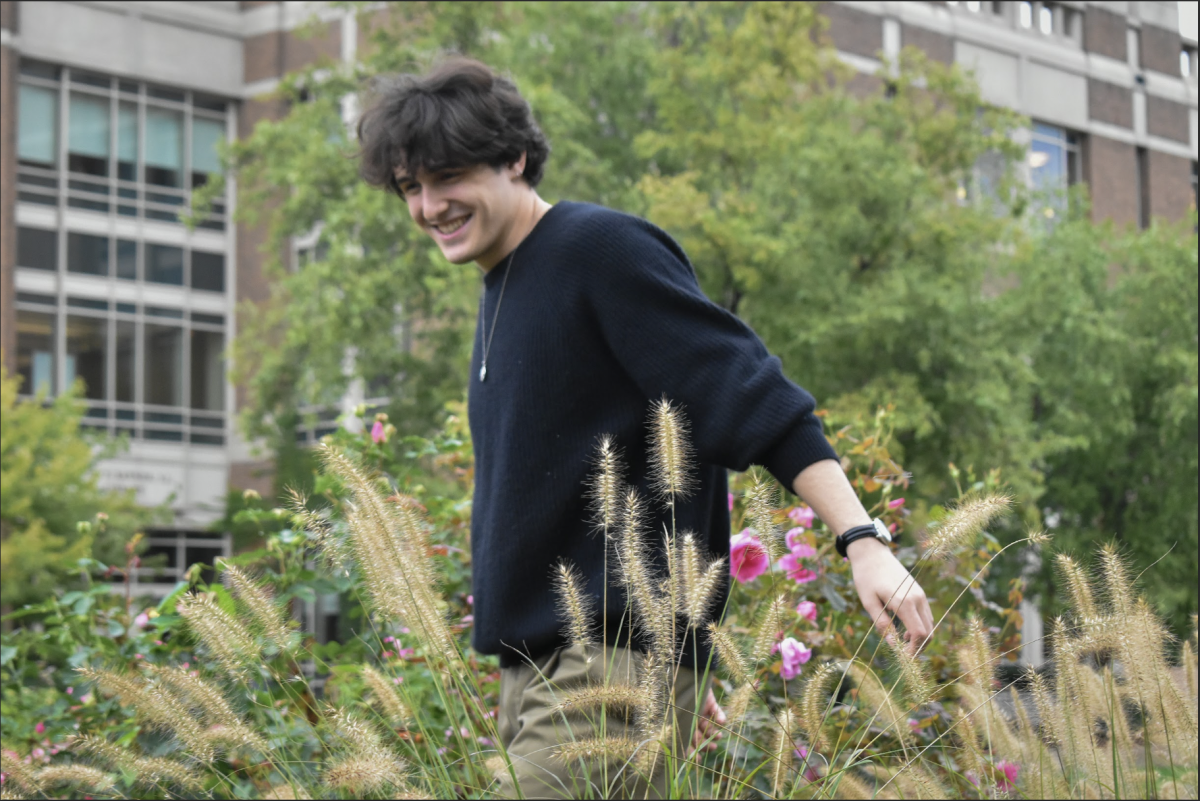
When most people hear the term “exorcism,” they imagine body contortions and gruesome noises like depicted in the horror film, “The Exorcism of Emily Rose.” However, what most do not understand is that the rite of exorcism is a very powerful and serious practice within the Roman Catholic Church.
Exorcism is a sacramental rite in the Catholic Church where a priest works to rid a person of spiritual possession, usually an evil spirit.
Over the weekend of Nov. 13th, bishops and priests gathered before the annual fall assembly of the United States Conference of Catholic Bishops to discuss the rite of exorcism and its role in the Catholic Church.
The two-day conference provided background information on demonic activity and examined screened cases, according to Bishop Thomas Paprocki, the chairman of the Bishops’ Committee on Canonical Affairs and Church Governance. He added this was the first conference of its nature in the United States.
The importance of the conference was to establish a diocesan protocol for the performance of an exorcism, said the Rev. Jeffrey Grob, pastor of St. Celestine Church in Elmwood Park, Ill.
“There should be guidelines in how an exorcism is performed to help the priest as well as protect the people on the receiving end,” Grob said.
Grob said exorcism has been pushed to the background the last 30 to 40 years, but is still a part of the Catholic Church.
He believes people should be able to discuss the subject in a healthy matter. Exorcism has been part of the Catholic tradition and can be traced back to the Lord.
“Make it a teachable moment,” Grob said. “What is the tradition, what has the Church taught, and what effects does it have throughout the church.”
The Archdiocese of Milwaukee itself does not have an exorcist, but if one needs an exorcism they first need to go to their parish priest, who will then assess if they indeed are facing some demonic possession.
Possession is when a human enters into a relationship with a spiritual being.
“It is not contagious,” Paprocki said. “Demonic possession is when a person opens the door to the devil and his pleasure, and like many bad relationships, it is hard to get away once entered.”
A person must first go through extensive medical and psychological procedures, as well as have their family and religious history looked at before one can be considered for an exorcism, he said.
Aaron Palmer, assistant professor of history at Wisconsin Lutheran College, teaches a course called the History of Witchcraft and explained exorcism is a fundamental practice in the Church.
“It was not a conference because we need more exorcists, but because very few people are trained to have the knowledge in this field,” Palmer said.
Palmer believes exorcisms are rare today compared to back then, because back then the supernatural was more prominent, “anyone could cast a spell.”
Paprocki, Grob, and Palmer all agreed that exorcisms are rare and take place in extreme circumstances.
“The performance of the devil is usually done through temptation, which can be dealt with through the sacraments like confession, communion and going to church,” Paprocki said.
He added exorcisms have a long process that generally involves reading scripture and psalms, as well as prayers asking God to deliver that person from evil. Sometimes, it can take months to help break the relationship.
Exorcists are trained to be skeptics, Grob said. “Genuine cases are rare. The rite is to be used sparingly and priests need to be careful of sensationalism.”


